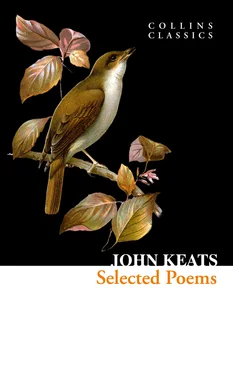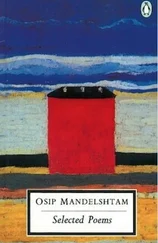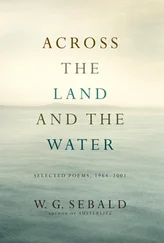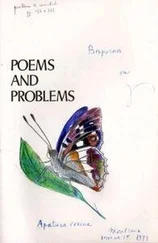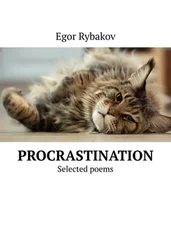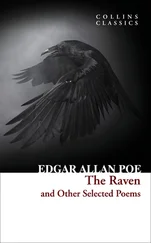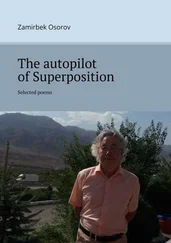SELECTED POEMS AND LETTERS
John Keats
William Collins
An imprint of HarperCollins Publishers Ltd
77–85 Fulham Palace Road,
Hammersmith, London W6 8JB
WilliamCollinsBooks.com
This eBook edition published by William Collins in 2014
Life & Times section © HarperCollins Publishers Ltd
Silvia Crompton asserts her moral right as author of the Life & Times section
Classic Literature: Words and Phrases adapted from Collins English Dictionary
Cover by e-Digital Design
Cover image: Nightingale © duncan1890 / iStock
A catalogue record for this book is available from the British Library.
All rights reserved under International and Pan-American Copyright Conventions. By payment of the required fees, you have been granted the non-exclusive, non-transferable right to access and read the text of this e-book on-screen. No part of this text may be reproduced, transmitted, down-loaded, decompiled, reverse engineered, or stored in or introduced into any information storage and retrieval system, in any form or by any means, whether electronic or mechanical, now known or hereinafter invented, without the express written permission of HarperCollins.
Source ISBN: 9780007558100
Ebook Edition © September 2014 ISBN: 9780007558117
Version: 2014-08-19
In 1819, millworker William Collins from Glasgow, Scotland, set up a company for printing and publishing pamphlets, sermons, hymn books, and prayer books. That company was Collins and was to mark the birth of HarperCollins Publishers as we know it today. The long tradition of Collins dictionary publishing can be traced back to the first dictionary William published in 1824, Greek and English Lexicon . Indeed, from 1840 onwards, he began to produce illustrated dictionaries and even obtained a licence to print and publish the Bible.
Soon after, William published the first Collins novel, Ready Reckoner ; however, it was the time of the Long Depression, where harvests were poor, prices were high, potato crops had failed, and violence was erupting in Europe. As a result, many factories across the country were forced to close down and William chose to retire in 1846, partly due to the hardships he was facing.
Aged 30, William’s son, William II, took over the business. A keen humanitarian with a warm heart and a generous spirit, William II was truly “Victorian” in his outlook. He introduced new, up-to-date steam presses and published affordable editions of Shakespeare’s works and The Pilgrim’s Progress , making them available to the masses for the first time. A new demand for educational books meant that success came with the publication of travel books, scientific books, encyclopedias, and dictionaries. This demand to be educated led to the later publication of atlases, and Collins also held the monopoly on scripture writing at the time.
In the 1860s Collins began to expand and diversify and the idea of “books for the millions” was developed. Affordable editions of classical literature were published, and in 1903 Collins introduced 10 titles in their Collins Handy Illustrated Pocket Novels. These proved so popular that a few years later this had increased to an output of 50 volumes, selling nearly half a million in their year of publication. In the same year, The Everyman’s Library was also instituted, with the idea of publishing an affordable library of the most important classical works, biographies, religious and philosophical treatments, plays, poems, travel, and adventure. This series eclipsed all competition at the time, and the introduction of paperback books in the 1950s helped to open that market and marked a high point in the industry.
HarperCollins is and has always been a champion of the classics, and the current Collins Classics series follows in this tradition – publishing classical literature that is affordable and available to all. Beautifully packaged, highly collectible, and intended to be reread and enjoyed at every opportunity.
Life & Times
About the Author
John Keats is one of the greatest English poets ever to have lived, a leading light of the Romantic movement, famed as much for his sentimental odes and melancholic meditations as for his contemplative correspondence. When Keats died in 1821 at the tragically young age of 25, Lord Byron lamented “his genius … undoubtedly of great promise”, concluding: “He is a loss to our literature.” His legacy is all the more remarkable when one considers that Keats had only been a published writer for four years before his death, that a great many contemporary critics were exceptionally unkind about him, and that he only sold 200 copies of his combined work during his lifetime.
The high regard in which Keats is nowadays held developed during the nineteenth century, in the decades following his death. In his own time, it was really only his publishers and friends who truly appreciated the beauty of his imagination and writing; literary reviewers – those able to inform public opinion – tended to deride him for his lowly upbringing and schooling.
They had a point. Keats was born in Moorgate, at that time the eastern extremity of London, quite possibly at the tavern where his father worked as a stableman. He received an ordinary, inexpensive education and was raised by his grandmother from the age of eight, following the death of his father. Money was tight, and aged fourteen he left school to begin an apprenticeship with his grandmother’s neighbour, a surgeon, seeming for many years to be destined for a career in medicine.
But Keats had also taken to reading poetry, particularly the works of London poets Byron and Leigh Hunt, and increasingly he neglected his studies in order to write. Through his childhood friend, the author Charles Cowden Clarke, Keats was introduced not only to great literature but also to the great writers of his day. In 1816, the same year he qualified as an apothecary and surgeon, Keats composed “On First Looking into Chapman’s Homer”, expressing his wonder at the new world of poetry that had opened up to him: “Then felt I like some watcher of the skies / When a new planet swims into his ken.” By the end of that year, Keats was a published poet – Leigh Hunt had included “O Solitude” in his weekly magazine – and he abandoned medicine for good.
The critics never quite forgave him for his upbringing, however. His first collection of poems in 1817 was almost universally panned or ignored. The influential Blackwood’s Review was particularly harsh, referring to Leigh Hunt and Keats, among others, as the “Cockney School” of poets. Reviewing Keats’ “Endymion” in 1818, the journal commented that the “imperturbable drivelling idiocy” was the symptom of “an able mind reduced to a state of insanity”, advising that “it is a better and wiser thing to be a starved apothecary than a starved poet.”
Neither bad reviews nor poverty could dissuade Keats from writing. In the winter of 1818–19 he moved to Wentworth Place in Hampstead – now the Keats Museum – and wrote a series of odes that are regarded as some of his best work. They include “Ode on a Grecian Urn”, “Ode to a Nightingale” and the great “To Autumn”, often praised as his most perfect poem. Keats was experimenting with the ode, a form popular with earlier English poets including Spenser and Dryden, as well as older Romantic poets such as Wordsworth and Coleridge, and the odes he composed in 1819 are regarded as landmarks of the form.
Читать дальше
